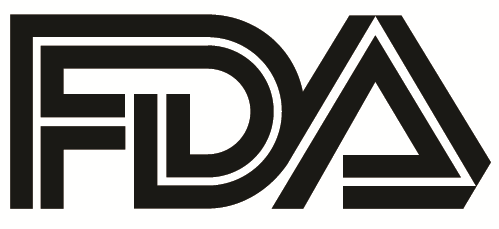FDA OKs Device That Allows Patients to Self-Administer Opioids Into Their Spine
The device, called the SynchroMed II myPTM, provides a substitute to oral opioids for patients with chronic pain, according to Medtronic.

The U.S. Food and Drug Administration has approved the SynchroMed II myPTM Personal Therapy Manager for patients with chronic pain, according to Medtronic, the device’s manufacturer.
The device allows patients to alleviate unpredictable pain by delivering on-demand drug doses within the therapeutic limits set by their physicians. It works with the SynchroMedII Intrathecal Drug Delivery system, also known as the Medtronic pain pump, which delivers medication to the fluid surrounding the spinal cord to relieve chronic pain. According to Medtronic, the implantable pain pump provides long-term pain relief at lower doses and with fewer side effects compared to oral pain medications and may allow some patients to eliminate the use of systemic opioids.
“Enabling patients to adjust their treatment provides them with some independence to control their pain and gives me confidence knowing that they are getting pain relief without oral opioids. The Medtronic pain pump and myPTM are powerful tools to safely treat chronic pain including intractable cancer pain," said John A. Hatheway, M.D., owner and provider at Northwest Pain Care in Spokane, Wash.
The approval preceded an announcement from FDA Commissioner Scott Gottlieb, M.D., whose tenure as agency head has been characterized by dozens of initiatives aimed at curbing the opioid crisis, including many that leverage high-tech tools, big data analytics and machine learning algorithms.
>>> Read: Rise of the Anti-Opioid Algorithm
The most recent announcement shows that new regulatory authorities will assist the agency in more forcefully addressing the opioid crisis, with authority granted by the newly enacted Substance Use-Disorder Prevention that Promotes Opioid Recover and Treatment (SUPPORT) for Patients and Communities Act.
The act “grants the FDA additional authorities that we believe will meaningfully advance our efforts,” Gottlieb wrote before uncovering four new areas for prevention of opioid abuse:
- Efforts to decrease exposure to opioids as a way to prevent new addiction
- Advancing innovation in pain medicines that don’t have the same risks as opioids
- Development and use of better treatments to help those with opioid use disorder
- Increasing enforcement and interdiction work aimed at illicit drugs like fentanyl
>>> Read: FDA Approves Wearable Device to Combat Opioid Withdrawals
Medtronic’s new device approval appears to fall in line with the second and third arms of the initiative. The company describes myPTM as an easy-to-use application on a touchscreen Samsung J3 smart device that’s customized to empower patients to manage their pain. Additionally, healthcare providers can set daily therapeutic doses and allow for on-demand drug delivery. myPTM features clear bolus delivery, access to therapy details, and lockout alerts if patient demand exceeds prescribed limits. Physicians also have access to reports that provide insights needed to track progress and collaborate on therapy goals with their patients.
Oral opioid misuse is a significant issue, Medtronic said in the statement. “It's more important than ever for patients suffering from chronic pain to have access to proven alternatives. Targeted drug delivery (TDD) may enable systemic opioid reduction or elimination and may be considered as an alternative to oral treatment for chronic pain.”
In a single-center, retrospective chart review (n=99) of patients with chronic non-malignant pain who agreed to transition from systemic opioids to TDD with the goal of eliminating systemic opioids, 84 percent were able to eliminate systemic opioids within one year, the statement read.
"We are striving to simplify targeted drug delivery therapy to make it more accessible. The Control WorkflowSM and Clinician Programmer provide physicians with tools to effectively administer the therapy, and the myPTM provides customized pain relief options for patients," said Charlie Covert, vice president and general manager of the Targeted Drug Delivery business, part of the Restorative Therapies Group at Medtronic. "As the opioid crisis continues, we are inspired by the Medtronic Mission to continue to innovate and expand access to care for patients who may benefit from our therapies, which have the potential to eliminate the need for oral opioids."
Get the best executive insights directly to your inbox. Sign up for our daily newsletter.
More on Health Tech & the Opioid Crisis:
How One Small Change Reduced Post-Op Opioids at 3 Hospitals
The Opioid Crisis Has Hammered Pennsylvania. But 2 Top Health Systems Are Using Data to Fight It
Waiting for FDA to Catch Up: What Hospitals Can Do to Address Supply Chain and Device Shortages
July 6th 2021Peter Urbanowicz, managing director and co-head of Alvarez and Marsal’s Healthcare Industry Group, discusses the FDA’s new focus in addressing supply chain and device shortages posed by the COVID-19 pandemic and what hospitals should be doing in the meantime to adjust.